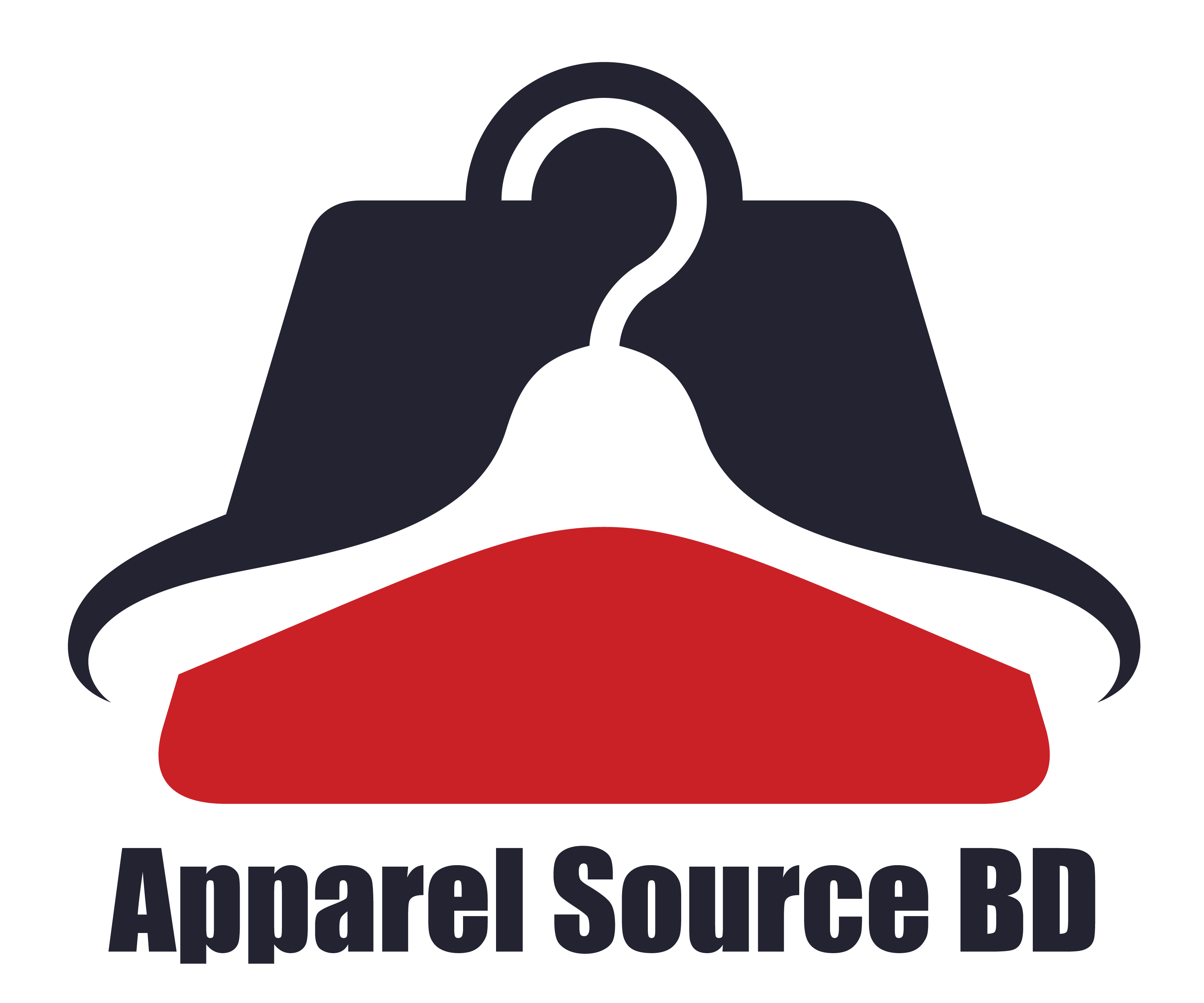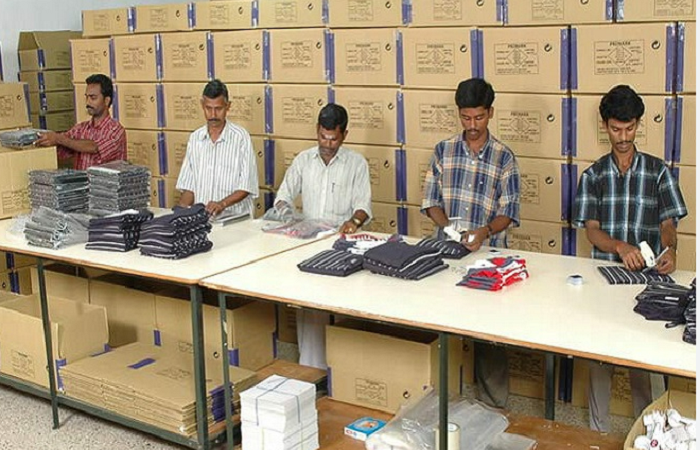Quality Assurance: Trusted manufacturers ensure high-quality products. Consistency in quality is essential to maintain brand reputation and customer satisfaction.
Reliability: Trusted manufacturers are reliable partners. They adhere to timelines, meet production deadlines, and deliver orders as promised, reducing the risk of delays or disruptions in supply chains.
Ethical Practices: Trusted manufacturers adhere to ethical and sustainable practices. They prioritize fair labor conditions, environmental sustainability, and responsible sourcing of materials.
Expertise and Experience: Established manufacturers often have years of experience and expertise in their field. They possess technical know-how, which can contribute to the overall quality and design of the clothing.
Cost Efficiency: While not always the cheapest option, trusted manufacturers often provide value for money. Their efficiency in production processes, economies of scale, and commitment to quality may result in cost savings in the long run.
Customization and Flexibility: Many trusted manufacturers offer customization options and flexibility in production, allowing brands to create unique designs or tailor products according to specific requirements.
Strong Relationships: Over time, working with trusted manufacturers builds strong, long-term relationships. This fosters better communication, understanding, and collaboration, leading to smoother operations and mutual growth.
Compliance and Certifications: Trusted manufacturers often comply with industry standards and possess certifications related to quality, safety, and ethical practices, ensuring products meet regulatory requirements.
In summary, Bangladeshi clothing manufacturers have established themselves as key players in the global garment industry. While they continue to face challenges, efforts toward sustainability, compliance, and technological advancements are reshaping the sector and positioning it for continued growth and success in the future.
Apparel Source BD plays a pivotal role in the fashion industry by producing a wide array of apparel and accessories for consumers worldwide. These manufacturers are responsible for transforming design concepts into tangible clothing items that reach the market. Their role involves several crucial steps, from sourcing raw materials to the final production and distribution of garments. Here’s a detailed description of their operations:
Design and Development: Clothing manufacturers often collaborate with fashion designers or have an in-house design team to create concepts for new clothing lines. These designs may originate from trend forecasts, customer preferences, or specific market demands. Designers create sketches or digital representations of garments, specifying details like fabric, color, patterns, and sizing.
Material Sourcing: Once designs are finalized, manufacturers source materials such as fabrics, trims, buttons, zippers, and other necessary components. They may partner with textile suppliers globally to procure the required materials, ensuring they meet quality standards, align with the design specifications, and are cost-effective.
Pattern Making: Pattern makers use the design specifications to create patterns that serve as templates for cutting fabric pieces. Prototyping involves creating samples of the garment using these patterns and materials. These prototypes are evaluated for fit, comfort, durability, and overall aesthetics.
Production: Upon approval of prototypes, the manufacturing process begins. This phase involves cutting fabric according to the patterns, assembling pieces, stitching, and adding finishing touches. Assembly may occur in-house or through outsourced factories, depending on the scale and capabilities of the manufacturer.
Quality Control: Quality checks are integral at various stages of production to ensure that garments meet predefined standards. Manufacturers inspect materials, check for stitching irregularities, verify measurements, assess color consistency, and examine the overall quality of finished products.
Packaging and Labeling: Once garments pass quality control, they are folded, tagged with labels, and packaged according to the intended distribution channels. Packaging may vary based on whether the clothing is meant for retail stores, online sales, or other distribution methods.
Distribution and Logistics: Manufacturers work on distributing finished products to retailers, wholesalers, or directly to consumers through online platforms. This involves managing logistics, transportation, and inventory to ensure timely delivery while minimizing costs.


